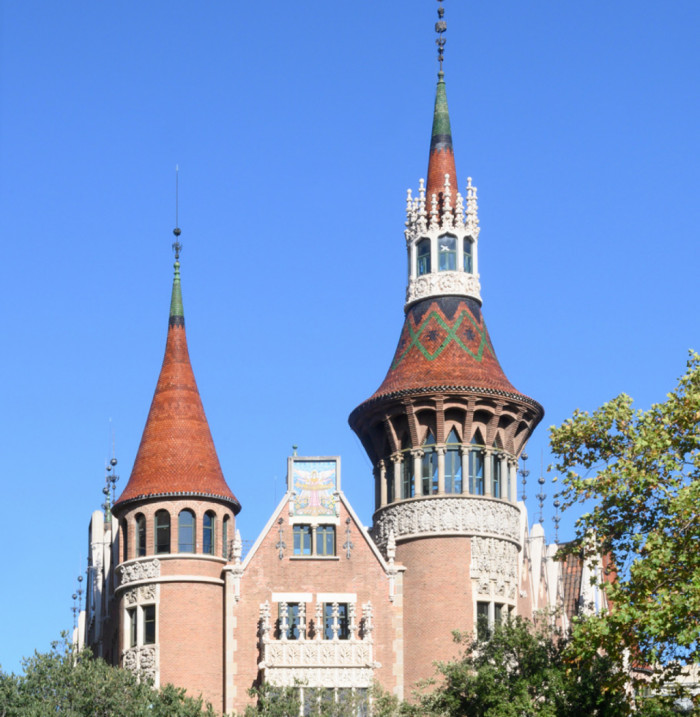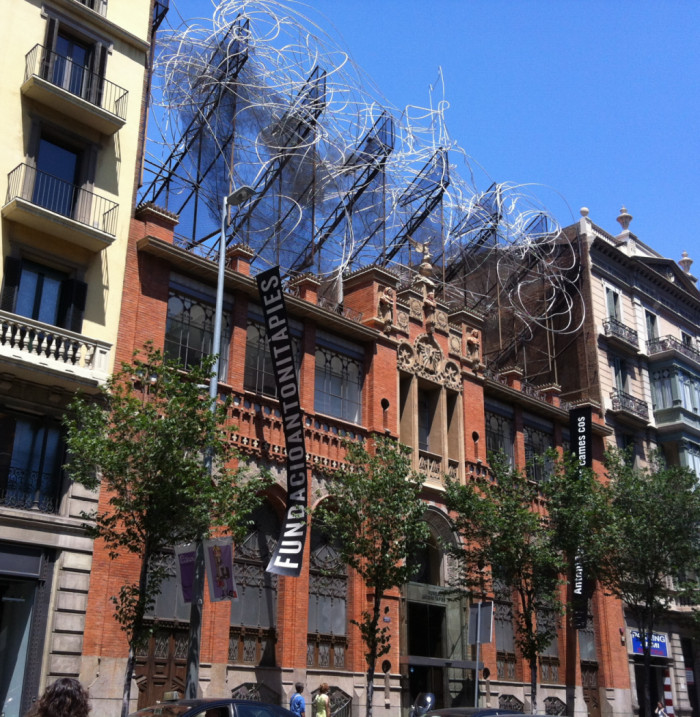The Quadrat d'Or
This area of the Eixample concentrates a great part of the modernist buildings of Barcelona.Barcelona’s Eixample neighborhood, an extension of the city planned by engineer Ildefons Cerdà and begun in 1860, is undoubtedly one of the most unique urban spaces in the world.
The most privileged area of the Eixample, the Quadrat d'Or (Barcelona's Golden Mile or Square), is delimited by the Aribau street and the Sant Joan promenade, the rounds of Sant Pere, Sant Pau and Universitat and the Diagonal avenue. The Quadrat d'Or is considered an open-air museum with works by Antoni Gaudí, by Domènech i Montaner and by Puig i Cadafalch, among others.
The consolidation of the Eixample as a bourgeois center of Barcelona, produced during the last decade of the 19th century and the first of the 20th, coincided with the appearance and diffusion of Modernism, so that this unique space became the center of modernist Barcelona.
A walk through the Quadrat d'Or will allow us to admire an immense amount of architectural jewels, the result of the displacement of the bourgeois residence from the old city to the central Eixample, around 1900. Among the most outstanding buildings are: Casa Batlló, Casa Amatller, Casa Lleó i Morera, Casa Milà known as La Pedrera, Casa Terrades also known as Casa de les Punxes or the old building of the Montaner i Simón Editorial, which currently houses the headquarters of the Antoni Tàpies Foundation.






